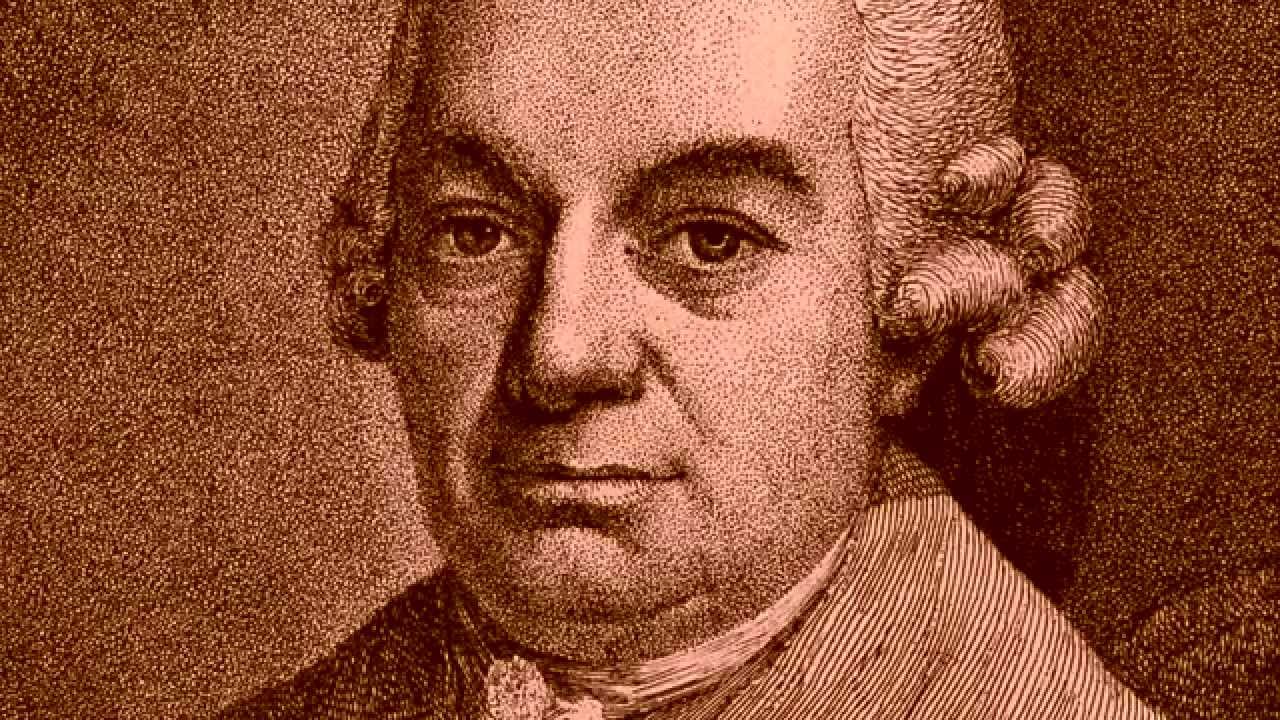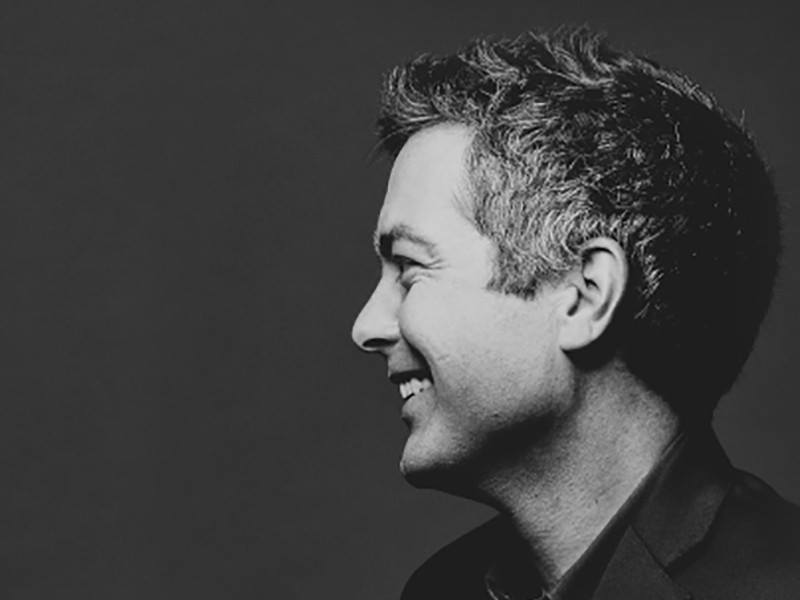The premiere of one of the two works in the upcoming NOVA Chamber Music Series subscription concert, the second of its 40th anniversary season, took place in the unheated barracks of a Stalag prisoner-of-war camp in Görlitz, Germany during World War II. The other, composed in the 1750s, was premiered by Bohemian cellist Ignaz Mara at the Prussian royal court. But, in NOVA’s distinct fashion of juxtaposing music of two different centuries, both works share a significant trait in which independent creative geniuses achieve some of the most exquisite paradise-like manifestations of music ever conceived for small ensembles.
Olivier Messiaen’s Quartet for The End of Times (Quatuor pour la fin du temps), completed in 1941, and Carl Philipp Emanuel Bach’s Cello Concerto in A Major, H. 439, completed in 1753, comprise the concert, which will be performed Nov. 19 at 3 p.m. in the Libby Gardner Hall of The University of Utah’s School of Music. The concert features several major musicians from the Utah Symphony, including Rainer Eudeikis, principal for cello; Claude Halter, principal for second violin and Erin Svoboda, associate principal for clarinet, as well as pianist Kimi Kawashima of Westminster College.

Messiaen’s work, comprising eight movements and running near 50 minutes in length, is of special significance for Jason Hardink, NOVA’s artistic director. The French composer (1908-1992) and his use of Gregorian chant as an element of compositional language were the subjects of Hardink’s dissertation, completed in 2007 for Rice University’s School of Music.
Messiaen, whose music expresses in various forms his deep Catholic faith, worked with Gregorian chant, according to Hardink, “in much the same way as we speak of other composers absorbing folk idioms into their compositional style.”
Indeed, the concert complements nicely the Plan-B Theatre’s current production of The Ice Front, a new play by Eric Samuelsen about a national theater company in Nazi-occupied Norway navigating the pathways of collaboration and resistance. In both instances, the artistic expression centers on the resilience of moral conscience and personal cores of faith, religious and secular.
 Messiaen was a French soldier captured in 1940 by the Nazi occupying forces in the composer’s homeland. Although the composer later exaggerated some of the details about the most unusual premiere of what would become one of his most respected works, the most authoritative account of the circumstances surrounding it come in the 1998 book For the End of Time: The Story of the Messiaen Quartet (Cornell University Press) by Rebecca Rischin, a clarinetist. She explained that the work was performed for the first time before an audience of 300, including prisoners and Stalag officials.
Messiaen was a French soldier captured in 1940 by the Nazi occupying forces in the composer’s homeland. Although the composer later exaggerated some of the details about the most unusual premiere of what would become one of his most respected works, the most authoritative account of the circumstances surrounding it come in the 1998 book For the End of Time: The Story of the Messiaen Quartet (Cornell University Press) by Rebecca Rischin, a clarinetist. She explained that the work was performed for the first time before an audience of 300, including prisoners and Stalag officials.
Rischin includes a good amount of details about the other prisoners – the musicians who joined Messiaen, the pianist, for the premiere, which included Étienne Pasquier, cello; Henri Akoka, clarinet, and Jean Le Boulaire, violin. After the war, Le Boulaire changed his name to Jean Lanier and became an actor who appeared in numerous films for France’s New Wave cinematic movement. In an interview with Rischin for the book, he talked in the warmest tones about the work: “It’s a jewel that’s mine and that will never belong to anyone else.”

Despite the desperate circumstances of his imprisonment, Messiaen casts the Quartet with a broad sense of gentleness and serenity along with driving dance rhythms that are distinctive in his multifaceted styling. Even more remarkable it appears, given that he inscribed in the score an image from The Book of Revelations, along with the following text, as translated from French: “In homage to the Angel of the Apocalypse, who lifts his hand toward heaven, saying, ‘There shall be time no longer.’”
In his dissertation, Hardink documents what underlies, as he describes it in an interview with The Utah Review, the “miracle” of the piece. Committed to illuminating the foundations of his Catholicism, “Messiaen expressed his religious beliefs through a musical language which embraces an aesthetic of multiplicity. His goal was to create music, ‘which may touch upon all subjects without ceasing to touch upon God.’” Hardink adds, “Every piece by Messiaen could be described as bringing a ‘kind of Office, a kind of organized praise, into the concert hall.’”
A well-developed sense of artistic cosmopolitanism also is at the heart of Messiaen’s compositional approach. The Quartet exhibits the composer’s fondness for many influences and techniques that would be incorporated into his life’s work. Hardink wrote about how Messiaen’s music variously incorporated the “ragas of Indian music, meters of ancient Greek poetry, ornithology and birdsong, sound-color relationships, gamelan music, Gagaku, Noh drama, surrealist art and poetry, nonretrogradable and ametrical rhythms, modes of limited transpositions and other symmetrical permutations of pitch material.”

Hardink also notes the Quartet contains an example of the composer’s specific sensorial phenomenon of seeing colors when he heard music. Regarding a series of chords in the piano part in the second movement, Messiaen described this passage as “soft cascades of chords: blue and mauve, gold and green, red-violet, blue-orange–all of this dominated by steel grey.”
Hardink’s dissertation outlines a thorough peroration of Messiaen’s skills as a composer who works with complex structures and textures (the Quartet score signals the enormous musical demands enforced on the performers) but yet who also incorporates quite frequently features of monody with a solo or unaccompanied voice. One example comes in the solo cadenza of the Quartet’s movement titled Abime des oiseaux, which would foreshadow his more extensive experimentation with birdsong in the postwar years.
There also is the hint of “Hindu melodic color” in the movement marked, Danse de la fureur, pout les sept trompettes. It’s worth quoting Hardink’s dissertation here of an example of the composer’s music “at its most earthy and primitive.” As Hardink explained, “The composer describes this music as a dance, but it does not resemble the dance music of any one culture. He uses a monodic texture to help convey a primal simplicity. The driving rhythms of these melodies, sounded without accompaniment, create an exuberance that expresses great tension.”
The artistic ambitions of C. P. E. Bach (1714-1788) were just as intense. His father, Johann Sebastian, fathered a total of 20 children in his life, but only 10 lived past their youth. The younger Bach, who was born when his father was 29, enjoyed greater recognition during his lifetime than his father. Only in the 19th century would the great father’s visibility in the music world be restored but then it was because of the efforts of Felix Mendelssohn.
The younger Bach’s influence on the pedagogy of keyboard performance remains significant. He was a prodigious composer but only a fraction of the nearly 1,000 works of his lifetime output have survived. He wrote more than 50 concerti, many of which were transcribed for other solo instruments.

The featured concerto for this performance was the latest of the set of three he wrote for the cello. It is considered among the most outstanding examples for this period, which represents the transition from Baroque to the burst of Classical repertoire that marked the second half of the eighteenth century.
It also is important to note that the orchestral accompaniment for the solo concerti of this period was often much smaller than what even many Classical composers began to envision in the later 1700s. In most cases, the accompaniment part for each section was intended as a single player. The accompaniment for Eudeikis will be a nine-piece ensemble: Claude Halter, Joseph Evans, Alex Martin (first violin); Karen Wyatt, Julie Wunderle (second violin); Joel Gibbs (viola); Joyce Yang (cello); Jens Tenbroek (bass) and Hardink (harpsichord).
In this setting, the work’s clarity is unforgettable. The highlight is the second movement, marked Largo, in which Bach conveys emotions so powerfully with a theme based on an ascending minor third and descending minor seconds.
Audience members are invited to a pre-concert talk by Hardink in Room 270 at The University of Utah School Of Music at 2:30 p.m. Ticket information is available at the NOVA SLC website.
